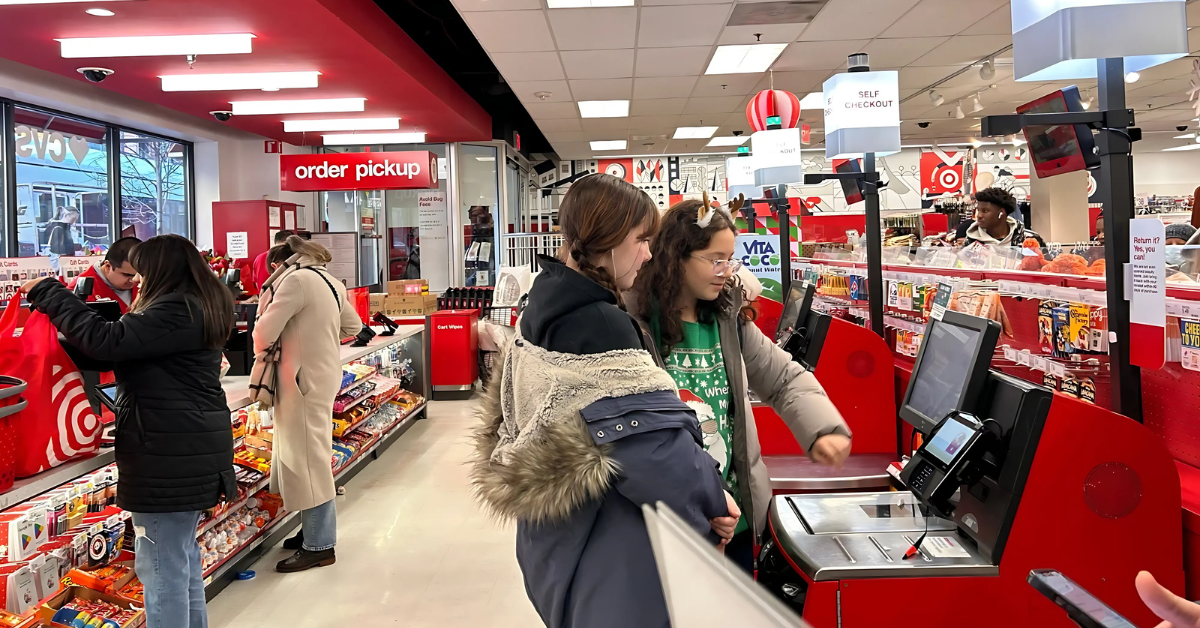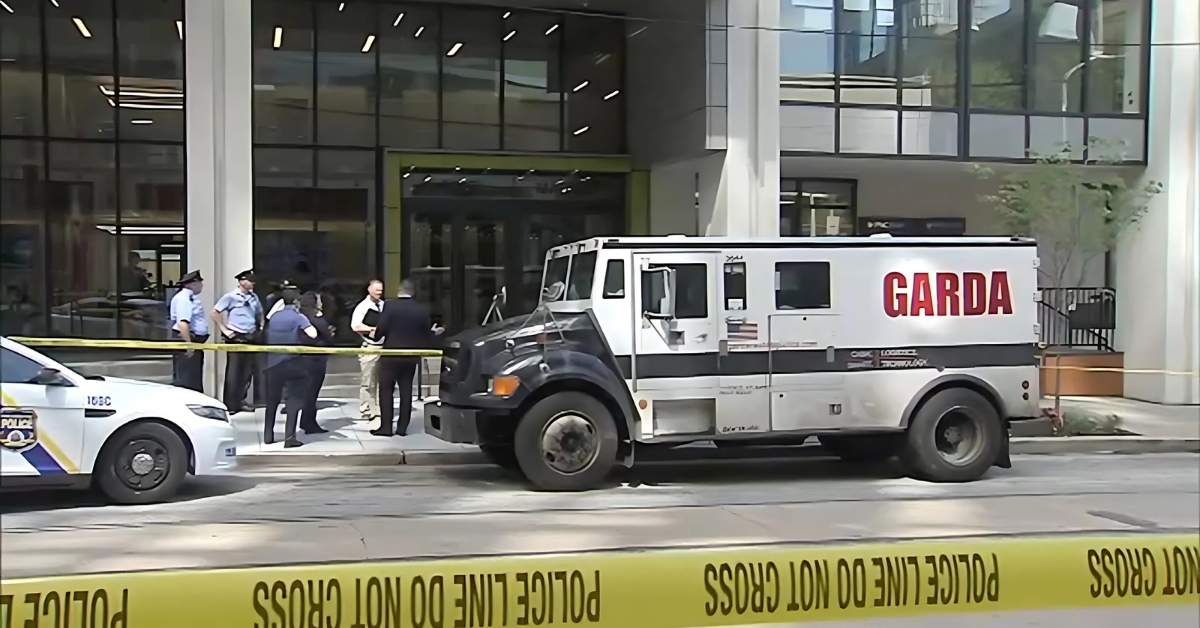New York’s retail environment might be on the brink of a big transformation as Target, one of the largest retailers in the US, announces significant changes to its store operations and offerings. This shakeup could affect shoppers, employees, and even the wider economy of the city. From new store formats to changes in product selection, the impact could be felt by millions of New Yorkers.
The shift comes at a time when many retailers are adapting to changing consumer habits and increased competition from online shopping. Understanding these changes is important, especially for younger shoppers who are used to convenience and variety. Below, we explore the possible effects and what this big move from Target might mean for New York.
What Is Driving Target’s Big Shakeup?
Target’s latest announcement is part of a strategy to modernize its stores and streamline operations. According to the CNBC report, Target plans to close some underperforming locations while investing in smaller, urban stores designed for city living. This means that stores in areas like Manhattan may become more focused on essentials and quick buys rather than the full range of products found in suburban stores.
This change is a response to shifting consumer preferences, increased online sales, and a push to reduce overhead costs. Target hopes smaller footprints in dense urban areas will allow them to serve customers more efficiently without the expense of maintaining large store spaces that are less frequented.
How Will This Affect Shoppers in New York?
For shoppers, especially younger ones living in the city, the new urban Target stores could offer convenience with a more curated selection of items. Expect to find fresh food, household essentials, and popular electronics rather than bulky items like furniture. This streamlined approach aims to meet the needs of busy city residents who value speed and accessibility.
On the other hand, those accustomed to visiting large Target Superstores may find fewer locations available, which could lead to changes in shopping habits. The New York Times highlights concerns about whether these smaller stores can match the variety and competitive prices of bigger stores or online shopping platforms.
Possible Impact on Employment and Local Economy
Target’s store shakeup will likely have an impact on jobs, both positive and negative. Some employees in closing stores may face layoffs or transfers, while new positions may open in the smaller urban stores. The company has stated it plans to support workers during the transition.
Moreover, this shakeup might influence the local economy. Smaller stores mean less rent and utilities, but also potentially less foot traffic to nearby businesses that benefit from larger crowds at big retail hubs. The ripple effect could be noticeable in some New York neighborhoods.
What Does This Mean for the Future of Retail in New York?
Target’s changes may signal a larger trend in retail, especially in densely populated cities like New York. With an increasing focus on sustainability and reducing waste, smaller stores with curated inventory might become more common. This could bring benefits such as less crowded stores and faster shopping experiences.
However, the success of this format depends on how well Target adapts to the unique needs of urban customers. Retail analysts from Forbes warn that the key challenge will be balancing convenience with variety while maintaining competitive pricing.
Conclusion
The big shakeup at Target might bring massive changes to New York’s shopping landscape. For younger people who live fast-paced urban lives, these changes could make shopping quicker and more practical. But it is also likely to impact jobs and the economy in various neighborhoods.
Keeping an eye on how these changes unfold will be important both for retailers and consumers. The future of shopping in New York seems to be moving towards smaller, smarter stores that fit the city lifestyle better, but only time will tell if this strategy works well for everyone involved.







